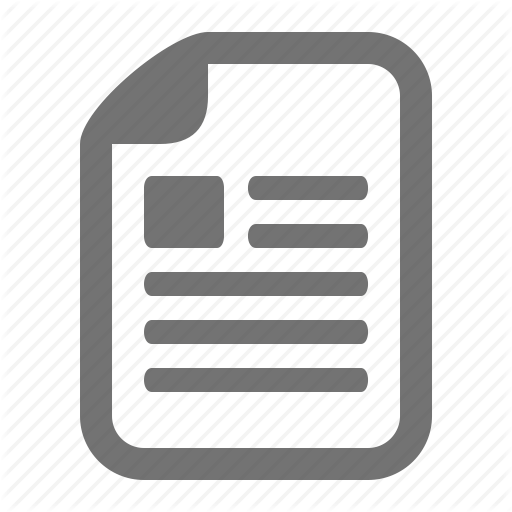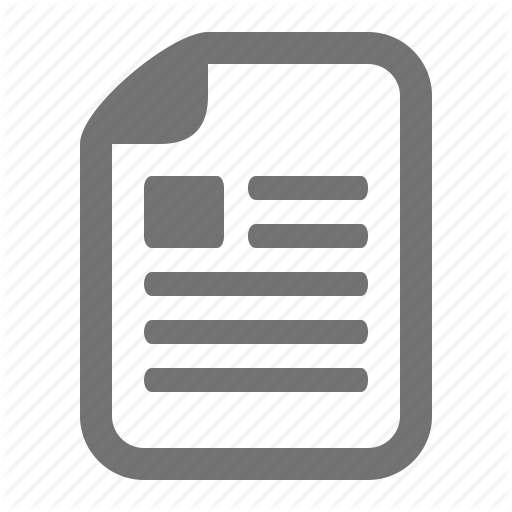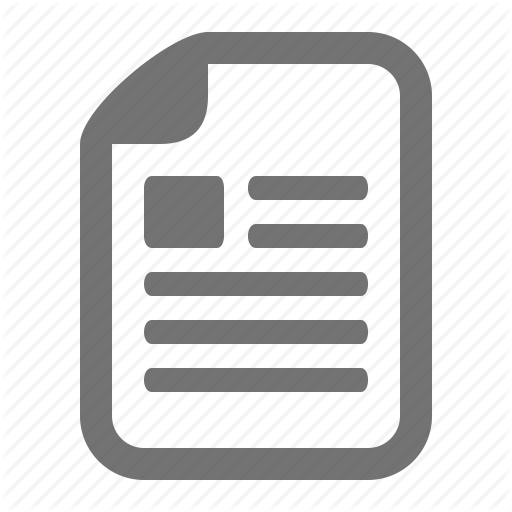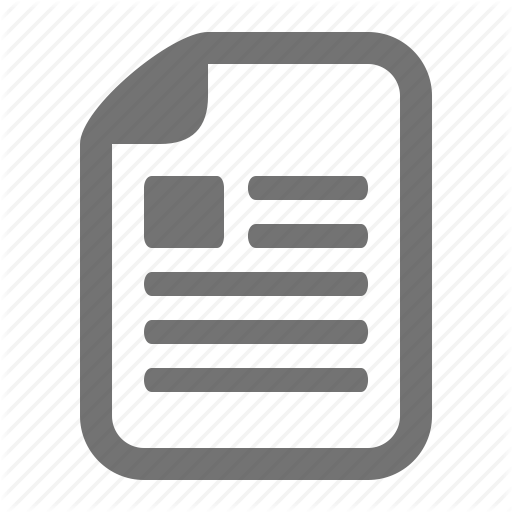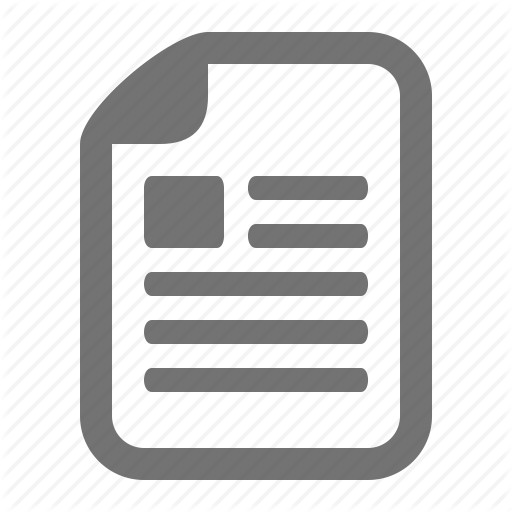ACCT 220 WEEK 2 QUIZ –
Content
ACCT 220 WEEK 2 QUIZ –
Click Link Below To Buy:
https://hwaid.com/shop/acct-220-week-2-quiz/
Contact Us:
[email protected]
ACCT 220 WEEK 2 QUIZ –
Quiz 2
• One advantage to using a perpetual inventory system is that the company never has to physically count the inventory.
• The weighted-average inventory method will likely result in neither the highest nor the lowest ending inventory.
• When calculating accounts receivable turnover, a company would prefer a higher number rather than a lower number (within reason).
• When performing a bank reconciliation, checks outstanding are added back to the bank balance.
• Usually the quick ratio will be a lower number than the current ratio.
Multiple Choice
• The bad-debt method that uses the accounts receivable aging report is _______________.
• When it is determined that too much money has been set aside for uncollectible accounts, we will _______________.
• A customer whose account was previously written off unexpectedly pays us. If we are using the allowance method we would _______________.
• When a retailer accepts a bank card (VISA or MasterCard), they will make what entry for the day’s receipts?
• The company prepares, but does not yet pay, its first payroll of the new year. Salaries total $10,000 and 7.65% is withheld from paychecks for FICA tax. Ignore all other payroll deductions. The journal entries will be _______________.
• A company buys a $10,000 bond at 102 as an investment. The correct entry is _______________.
• A company issues bonds having a stated value of $100,000 for $102,500. At maturity, the company will _______________.
• A company uses the percentage-of-receivables method for establishing the bad-debt reserve. They want the reserve balance to equal 0.5% of debts 30 days old or less, 2% of debts aged 31 to 60 days, and 4% of debts aged over 60 days. An aging report shows $780,000 relating to the past month, $232,600 relating to the prior month, and $89,200 relating to more than two months ago. The balance in the reserve account before adjustment is $10,175. What is the adjusting journal entry?
• A company is closing out the accounting period. The inventory balance at the beginning of the period was $222,750, and at the end of the period it was $215,600. Purchases of goods for resale during the period equaled $682,500. What was the cost of goods sold total?
• The following transactions during the month of January: 1/5 bought 10 units at $11.00 each; 1/8 bought 15 units at $11.25 each; 1/15 sold 8 units for $16 each; 1/22 bought 10 units at $11.50 each and sold 12 units for $16.50 each. The ending inventory is $693.75. What inventory costing method is the company using?
Question 15 options:
• What is the difference between the periodic-inventory and perpetual-inventory methods?
• Name two costs, in addition to the purchase price, that are added to merchandise inventory cost.
• What will be the result to inventory values, cost of goods sold, and net income if
• When comparing financial ratios, it is important to make comparisons only within an industry or between like companies. Why might a retail store have a much higher accounts receivable turnover than a manufacturing company?
• How is gross margin or gross profit calculated on a merchandizing company income statement?
• If a retail store has a sale with everything listed at 30% off, and a rack of clothing is also marked as “an additional 20% off,” what is the total discount offered?
• What does 1/10, n/30 mean?
• What cash control is compromised when the purchasing manager is one of the authorized check signers?
• Name at least three out of the four documents that the accounting department should have access to in order to pay an invoice.
• What item from the company’s records must be added to the bank balance when reconciling the bank statement?








